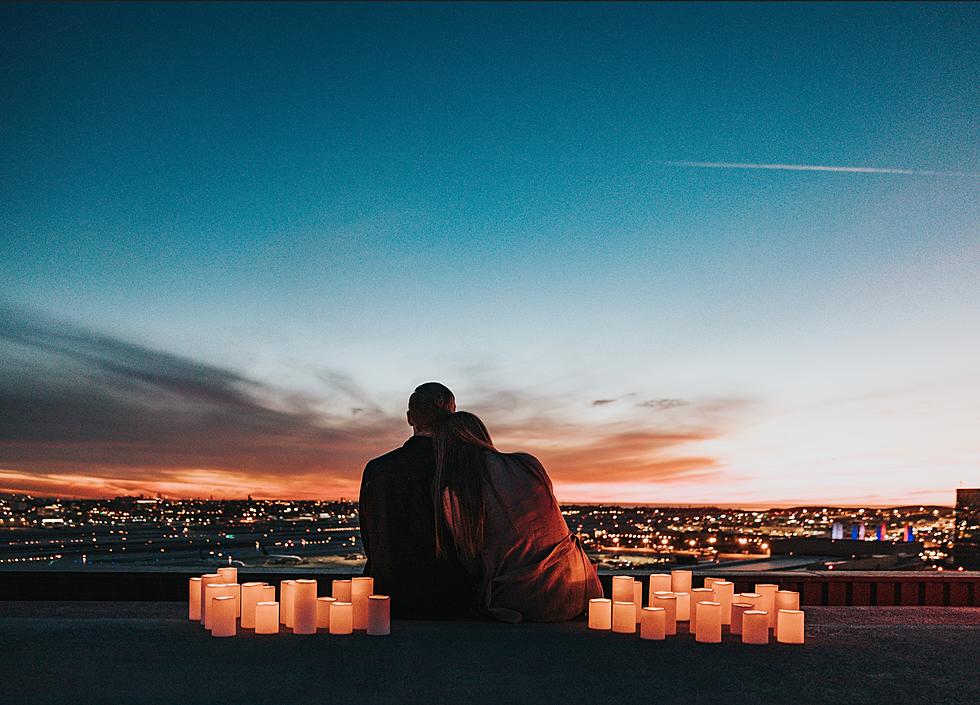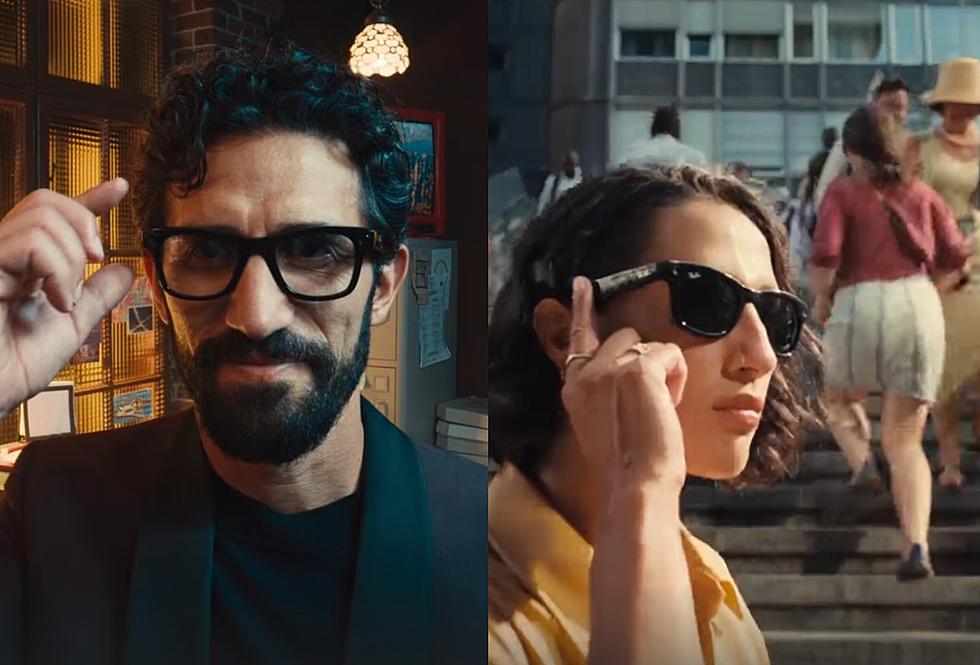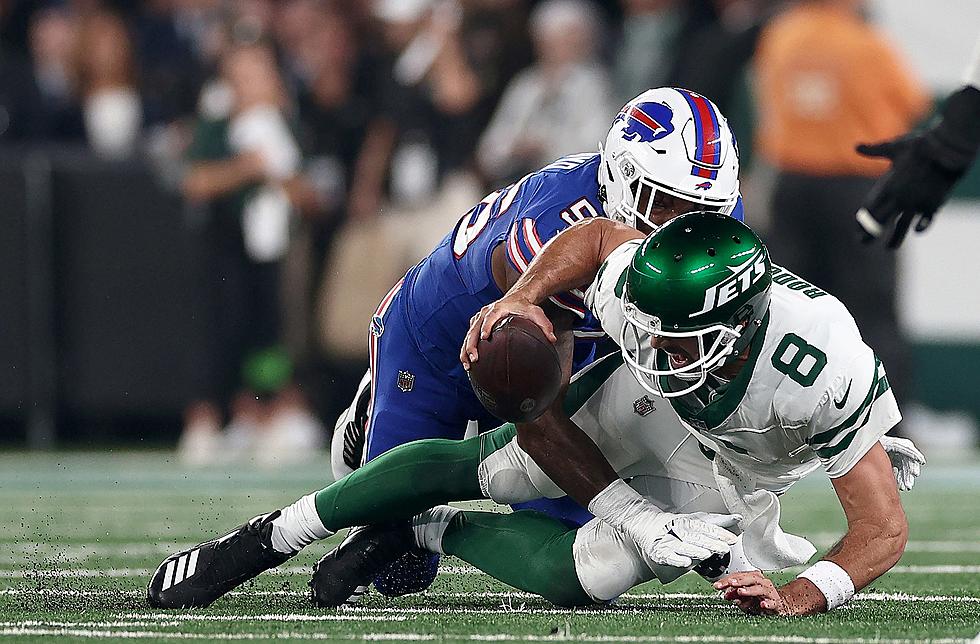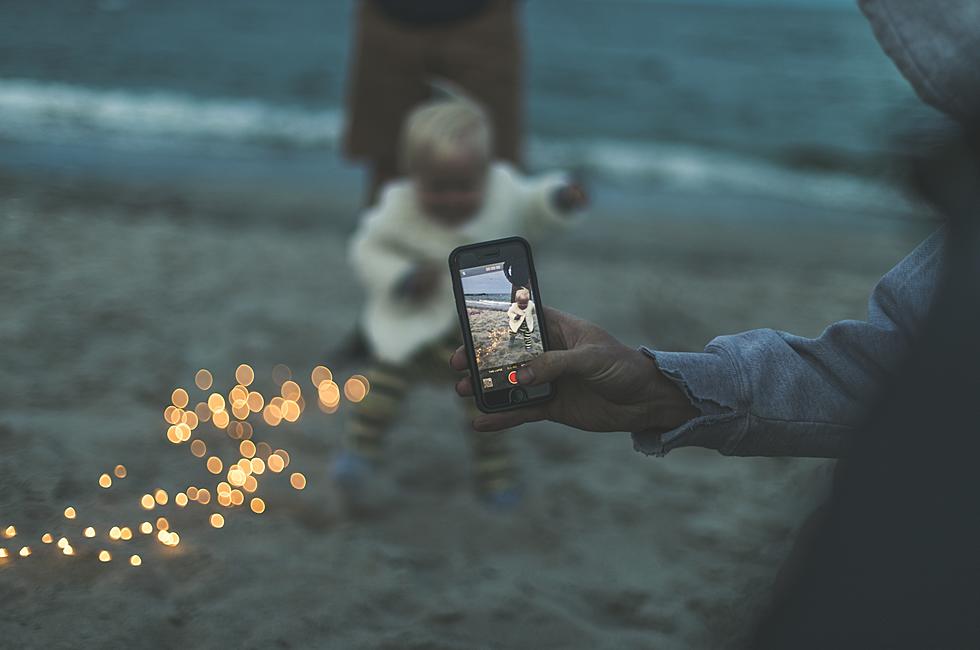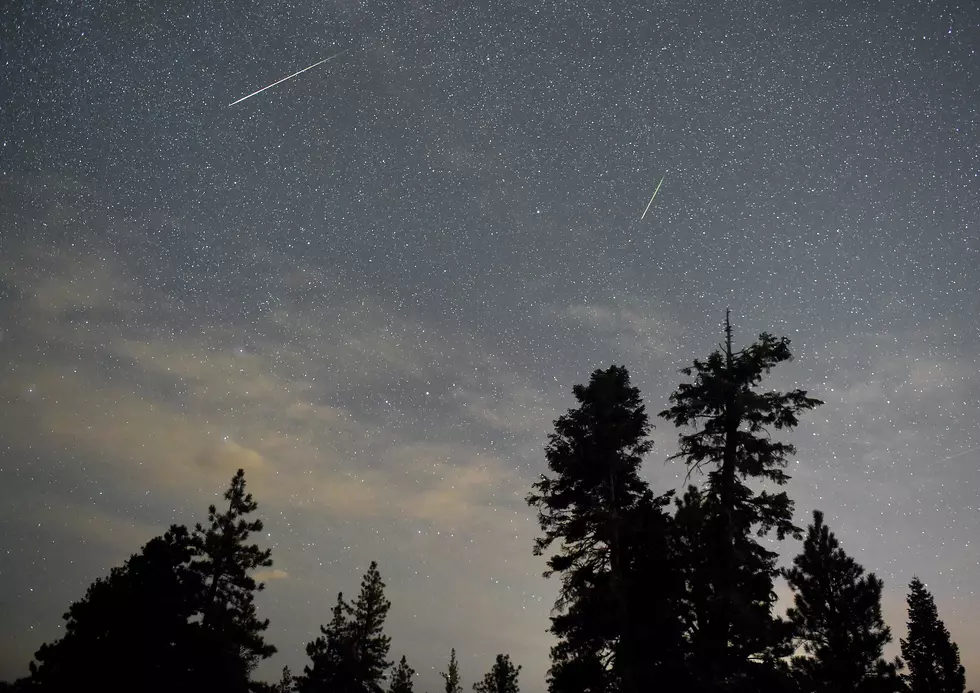
What Is The Peak Time To See The Perseid Meteor Shower In Duluth? How Many Meteors Per Hour Can Be Expected?
The Perseid Meteor Shower starts today (July 17), and lasts through August 24, 2018. This year's shower will be particularly good, as the moon will be just two days out of the new moon phase at peak, making for a darker sky to see those streaks of light through the night. So, when is the peak time to see meteors, and how many can we expect to see in the Twin Ports area?
Peak Times
The peak of activity is expected to be Sunday, August 12 - Monday, August 13. Best viewing times are in the darkest hours of night, and are much easier to see in areas away from towns and cities, where light pollution lights the sky. To get the full experience, plan on getting out of town and at your destination for viewing between midnight and 3 am or so. While there is only a limited peak time, meteors will be visible through the entire (roughly) month of the shower. True of the peak days, looking in the same direction in a dark location will give you the best viewing.
How Many To Expect
According to in-the-sky.org, the Duluth area can expect to see around 42 meteors per hour during the meteor shower's peak nights, assuming you're in dark conditions and there is no cloud cover. If you're planning to view the shower elsewhere, you can use their calculator (here) to determine roughly how many meteors per hour you can expect.
Best Places To View In The Twin Ports Area
While you will be able to see some of the brighter meteors right in town, best viewing is done away from town. Even towns like Cloquet, Two Harbors, Iron River, and Moose Lake generate a fair amount of light pollution, making viewing harder than in a totally dark area. Using a tool like lightpollutionmap.info (which is also helpful for finding great spots for nighttime sky photography), you can find sites with little to no light pollution. If you're looking for a truly dark sky, you'd be surprised how far you may need to travel away from town to see a truly unpolluted sky.
The best direction to look for this shower is toward the northeastern horizon after midnight. You should expect to see meteors traveling away from a point in the sky above the horizon as illustrated by this tool. For more hardcore nerds like myself that would want to capture some photos, that means you'll want to look for a place with limited light pollution overhead and in the direction of the northeastern horizon.
Here are some areas to consider if you're looking to see the meteor shower in almost optimal conditions (with darker skies in a northeastern), along with some other notes if you're hoping to capture a few images of the shower:
- Split Rock State Park - Some glow on the horizon is possible from the Beaver Bay/Sliver Bay area, but shots aimed out over the lake should be pretty clean.
- Brimson Area - This area has a pretty clean sky looking to the appropriate horizon, and shots over a lake like Wolf Lake, Indian Lake, or Little Stone Lake could offer some cool shots over water.
- Herbster/Cornucopia Area - Most of the Bayfield Peninsula shoreline between Herbster and Sand Bay offers a pretty dark sky, with a generally dark view over Lake Superior to the northeast.
There are plenty of other areas with light to moderate light pollution closer to the Twin Ports that could still offer great viewing. Check out the map below to get a better idea of places with lower levels of light pollution. (Can't see the map? Click here.)
More From KOOL 101.7

